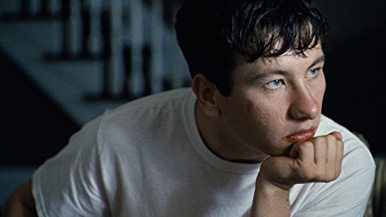|
|
Movie Review: The Killing of a Sacred DeerBy Steven SlaterNovember 16, 2017
There is an explanation, about halfway through the film. It pulls things into sharper focus, and everything begins to make more sense. Again, think of The Shining; the first half of the film is unsettling, but it just sets up what is to come. The turning point is about halfway when Jack Torrance starts talking to Lloyd the bartender; then we know something is well and truly up. In Sacred Deer, everything is set up similarly; we are unsettled for the first half of the film, and then after the pivotal moment we really know something is up. Then the film is free to careen around these new truths, and force Steven into a position where he is capable of truly depraved things. But we do understand why, and that is part of the sick, twisted enjoyment one gets watching a parable of this sort unfold. Being that I do love The Shining, The Killing of a Sacred Deer was a great film for me to watch. The mood is similar, the acting is similar in uncanny ways, the cinematography is sometimes remarkably similar. Lanthimos even uses musical cues as though they were lifted from Kubrick’s film. It may be a bit depressing to see a movie that plays with its characters like pawns, with cold and clinical logic. But perhaps at the end of the day that is the best way to judge a human character, with a bit of separation. Once we try and insert ourselves in a situation, we would not like considering that we might do some of the things the characters do in this film. Better we hold them at arm’s length, and consider them like gods watching earth from on high. Slatergrade: A
|

|
|
|

|
Thursday, October 31, 2024
© 2024 Box Office Prophets, a division of One Of Us, Inc.


